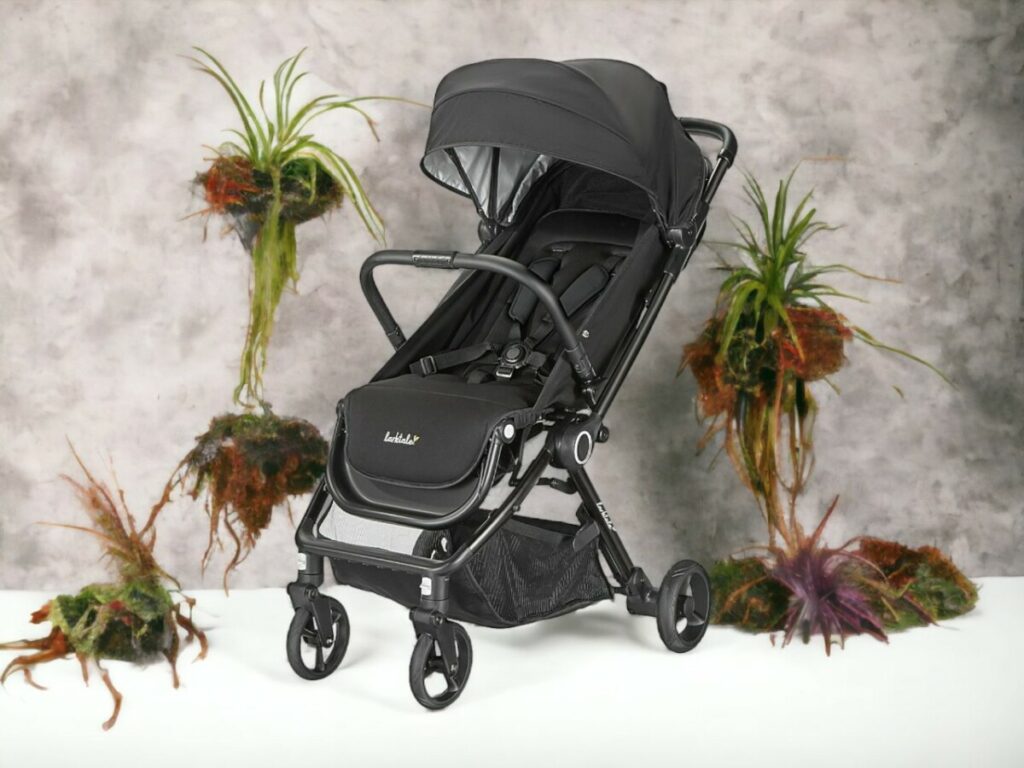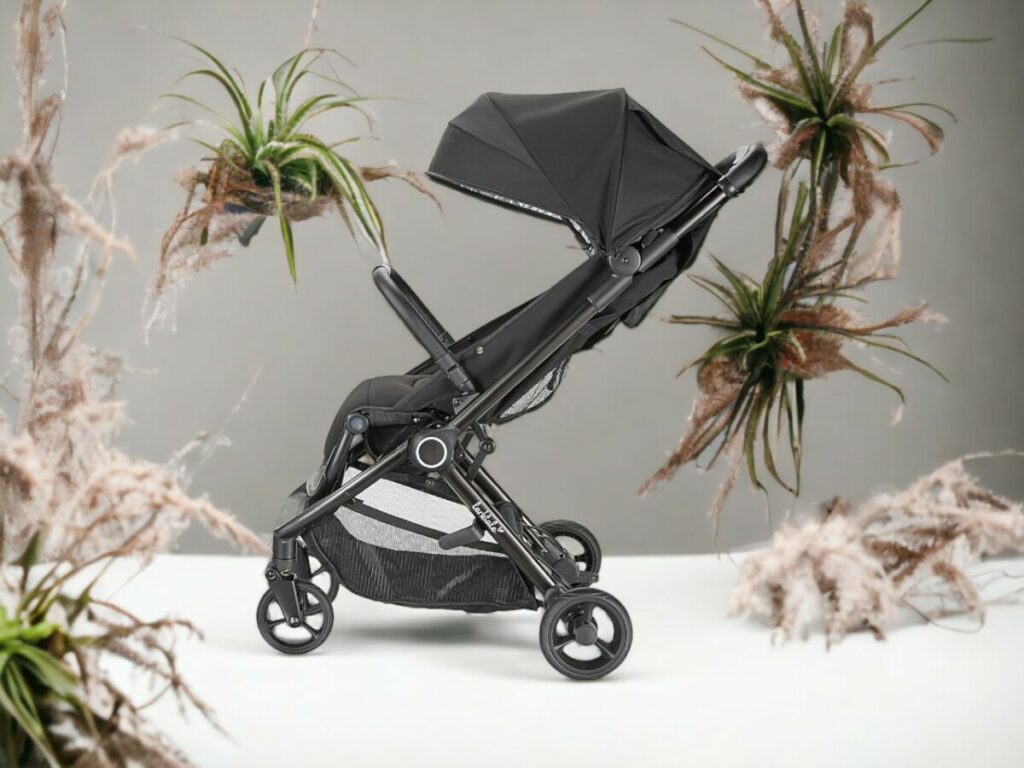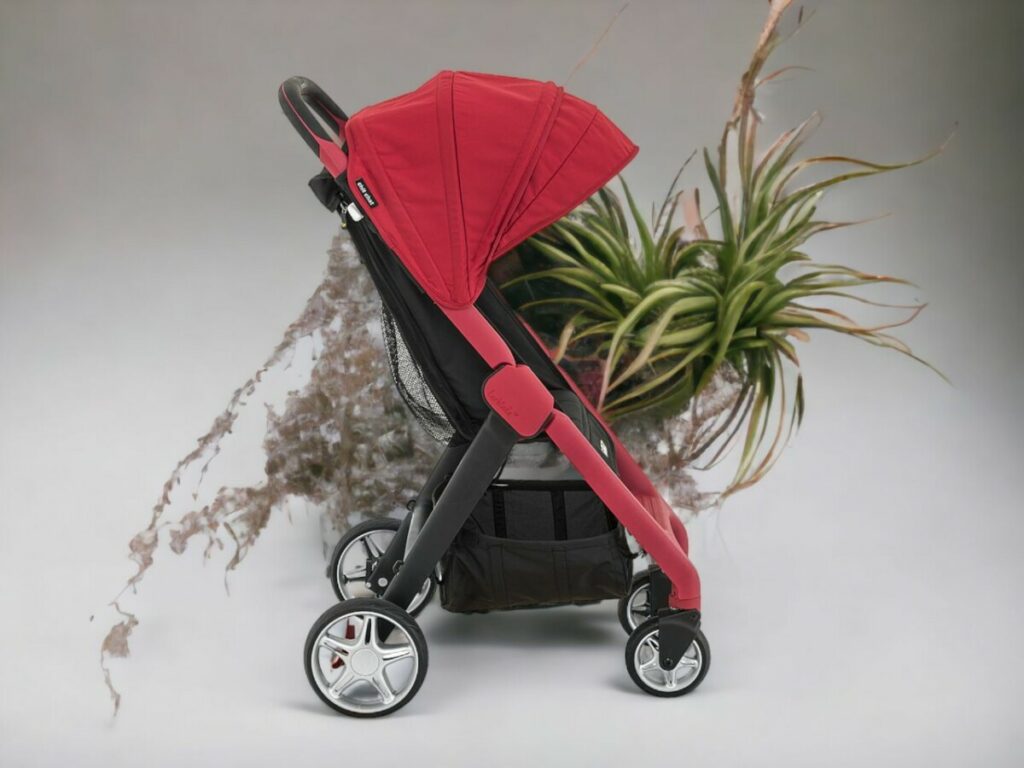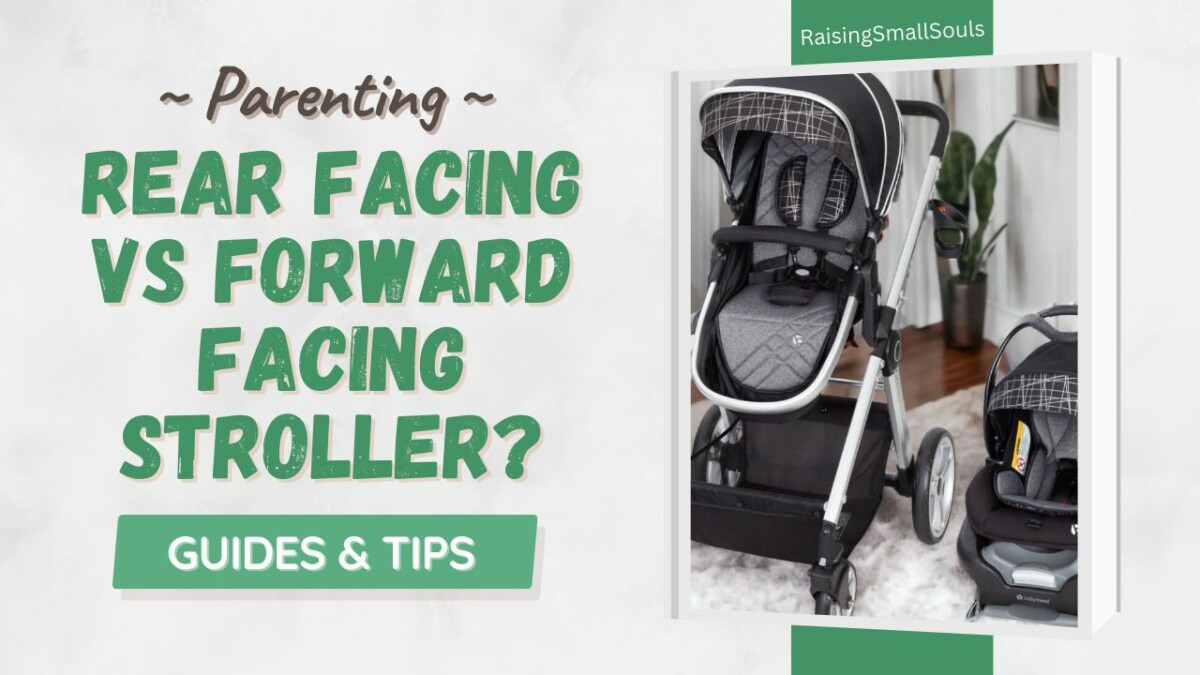Choosing the perfect stroller can feel like you’re lost in the Amazon, right? The big question on your mind is, ‘Should I go for a forward-facing or rear-facing stroller?’ It’s not all about what your kiddo will see, it’s also about their age, how they socialize, and what you personally find best.
A forward-facing stroller can totally pique your little one’s curiosity, while a rear-facing one can enhance that sweet parent-child bond. Brands like Peg Perego Book Plus and Uppababy Cruz have got you covered with both options.
But don’t forget, as your munchkin grows, their stroller needs will evolve too. So, before you seal the deal, make sure to weigh up factors like size, weight, and storage.
Happy stroller shopping!
Should I Choose a Rear-Facing or Forward-Facing Stroller?
Rear-facing strollers, also known as parent-facing strollers, let you keep a close eye on your baby, which can be handy, especially with smaller infants. On the other hand, forward-facing strollers give your child a wide view of their surroundings, which can be exciting for them. It really comes down to your kid’s age, your own preferences, and the design of the stroller you choose.
When you’re in the market for a new stroller, you’ve got to think about how adaptable it can be. Is it a one-trick pony, or can it shift directions? Trust me, the capacity to switch it up can make a world of difference to both you and your kiddo.
Parent-facing strollers, for instance, are the bomb for your baby’s development. They not only strengthen the bond you share with your little munchkin but also enable regular eye contact, which is super important. Plus, your baby gets to watch you blabber away, which is great for their language development.
But hey, let’s not forget about the older toddlers. They’re curious little explorers who can’t wait to take on the world, and a forward-facing stroller is just what they need. It gives them the freedom to check out their surroundings and fuels their independence.
Factors Influencing the Choice of Forward-facing Vs Parent-facing Strollers

Choosing the perfect stroller can be a real brain-buster, right? I mean, it’s not just about picking a cool design or your favorite color, but also about deciding which way your little one should face.
Here’s the lowdown on how to choose between a forward-facing and a parent-facing stroller.
- How old is your kiddo? If you’ve got a bundle of joy who’s still pretty new to the world, they’ll need that reassuring eye contact with you, which a parent-facing stroller provides.
- Are you all about the bonding? If you want to maximize your quality time and interaction with your mini-me during those strolls, a rear-facing stroller is a solid bet.
- Got a mini explorer on your hands? As your kiddo starts growing and their curiosity piques, a forward-facing stroller can be a great way to let them take in the world around them.
- What’s their comfort zone? Some kids just feel more secure or chill facing one way or the other.
Here’s the kicker, though – every child is their own person, so what works a treat for one mightn’t fly with another. So take your time, trust your instincts and remember – you’ve got this!
Transitioning From Parent-Facing to Forward-Facing: a Stage of Child’s Growth

Hey, guess what? Making the move from a parent-facing to a forward-facing stroller is a pretty big deal. It’s a clear marker that your little one is growing up, getting more curious about the world around them. But, don’t stress, it’s not always a smooth ride. There can be bumps in the road, like a kiddo who’s not quite ready for the change or some safety issues you’re worried about.
Take a moment to think about how awesome parent-facing strollers are. You get loads of interaction, loads of eye contact – it’s precious, right? But remember, as your child gets bigger, their urge to explore the world on their own terms gets stronger. They might start wanting to face forward, to see things for themselves without you guiding the way.
Don’t rush it though. Take it slow, maybe try out the forward-facing setting during walks around the block – somewhere they’re familiar with. You’ll get the hang of it – you always do. And hey, every stage of your child’s growth is a journey, just like this one. So, why not embrace it as part of their exciting adventure of discovering the world around them?
A Look Into Size, Weight, and Storage: Choosing a Suitable Stroller Model
Alright, let’s talk about the nitty-gritty of choosing the right stroller for your little one – we’re talking size, weight, and storage. I know it can feel like you’re in over your head, but believe me, I’ve been there, done that, and I’m here to help you sort it all out.
So, when you’re on the hunt for the perfect stroller for your family, there are a few key things you need to keep in mind:
- Size: Will it slide into your car or fit in your home without any hassle?
- Weight: Is it light enough to lift without feeling like you’ve just done a full workout at the gym? Can you steer it without struggling?
- Storage: Does it have enough room for all the baby stuff you’ve got to lug around?
- Flexibility: Can you easily flip it between rear and forward-facing setups?
It’s also worth weighing up the pros and cons of rear-facing versus forward-facing strollers, ’cause that’s going to play a part in your decision too.
Stroller Models With Age and Weight Limits: What to Check Before Purchase

Before you get all excited about that fancy stroller, it’s super important to check out its age and weight limits. You gotta make sure it’s gonna be up to the task as your little one grows. From my experience, some strollers have pretty specific rules about age and weight, especially when it comes to rear facing models. Don’t miss out on these details, trust me.
I’ve seen folks who’d to shell out for a new stroller because their previous one just wasn’t keeping up with their kiddo’s growth. It’s not only about which way your baby is facing, but also about how long they can safely ride in that position.
And when you’re checking out strollers that can switch directions, remember, durability isn’t just about how long the stroller itself lasts. It’s also about how well it can roll with the punches as your child’s needs change.
Unpacking The Stroller Questions
Here’s the deal. To pick the perfect stroller for you and your kid (yes, you’re an important parameter, too), you need to consider some factors. Beyond this rear-facing or forward-facing thing, there’s the question of how many buggies you really need (How Many Strollers). It sounds silly, but truth be told, some parents have more than one. Getting around the city, a lighter, smaller one may be just the ticket. Meanwhile, you might prefer a bulkier model for those delightful long walks or runs in the park.
Then, there’s the cost of the buggies to consider. Let’s be real, parents don’t need to be splurging on a baby carriage. But some parents believe that the heavier price tag corresponds to better quality and functionality. Want to know if it’s worth dishing out the big bucks on a pricier model? Check out this article on Luxury Strollers Worth, which might give you some extra food for thought.
Traveling anytime soon? If you’re hitting the skies with your kid, you need to research if and how to get that stroller and car seat onboard. Sounds daunting? Don’t worry, there’s information on Stroller and Car Seat on Plane, which is sure to make the trip smoother for you and your little one.
All up, this parenting gig throws some curveballs at you. But with plenty of advice and information, you’ll find the right path (or stroller). So, forward-facing or rear? Let’s figure it out together. Kick back, go through these tips, and rest assured that you’re making an informed decision. Welcome to the stroller journey!

When it comes to raising children, there’s a lot to learn! I’m here to share everything i learnt along the way.

